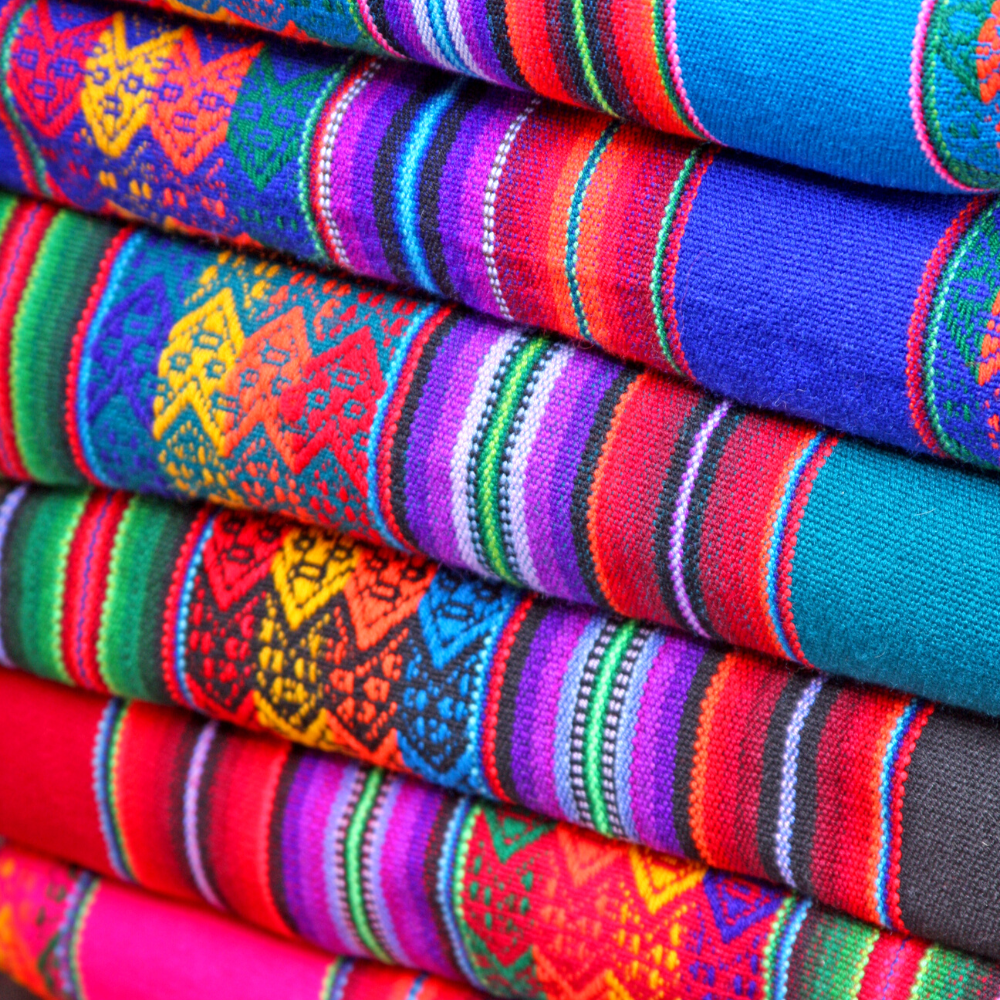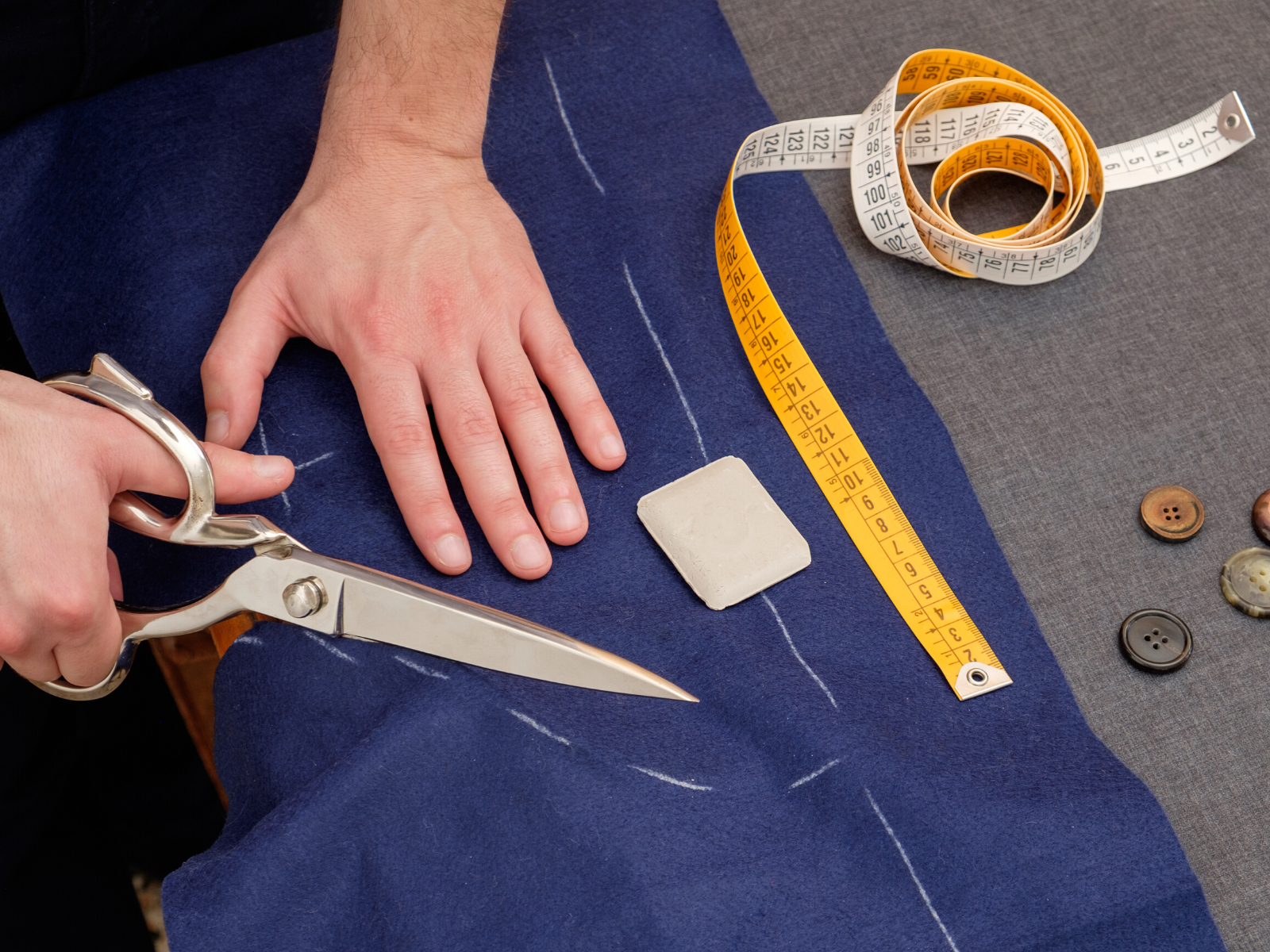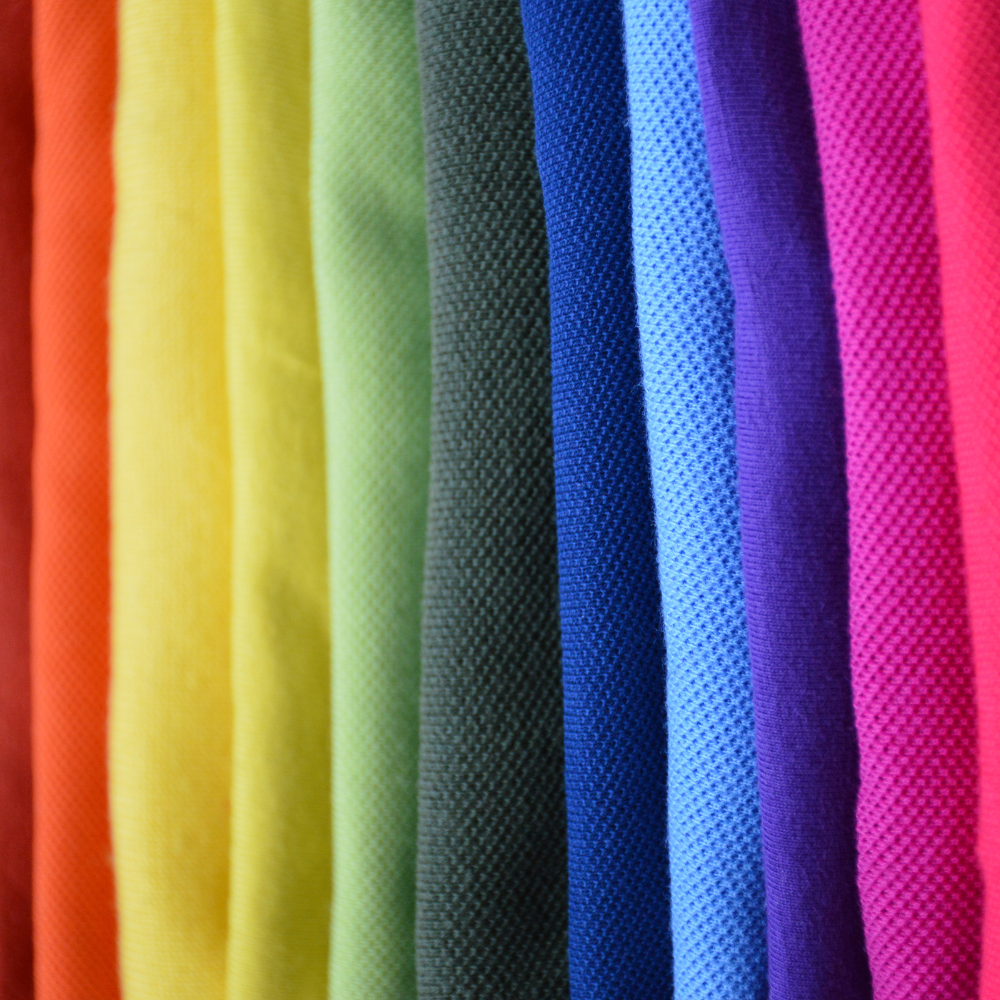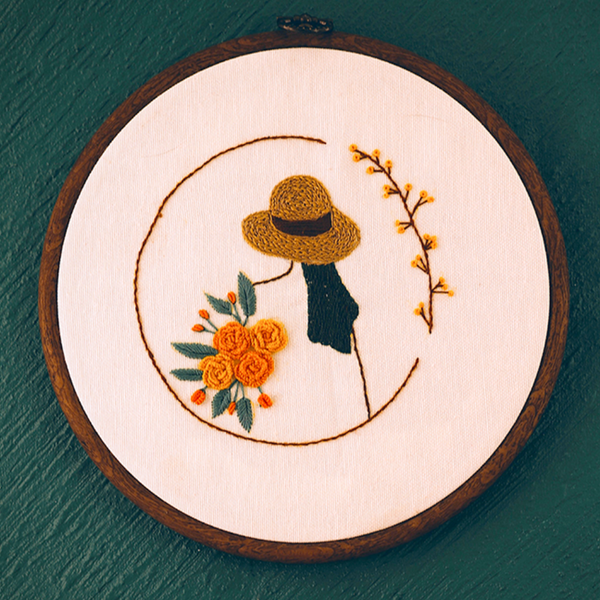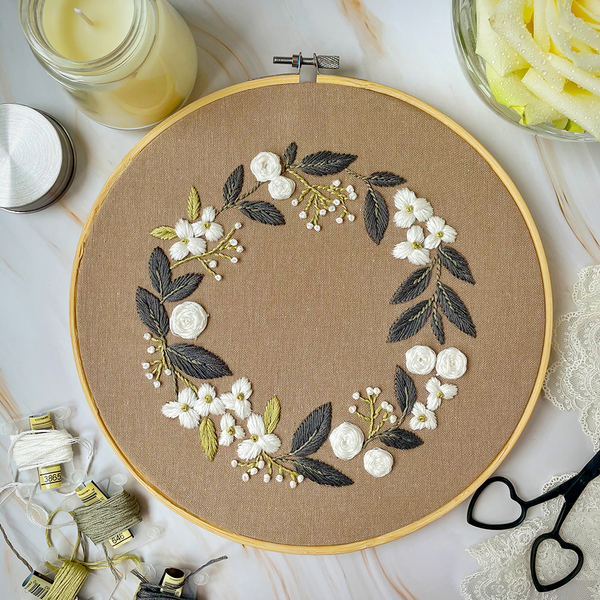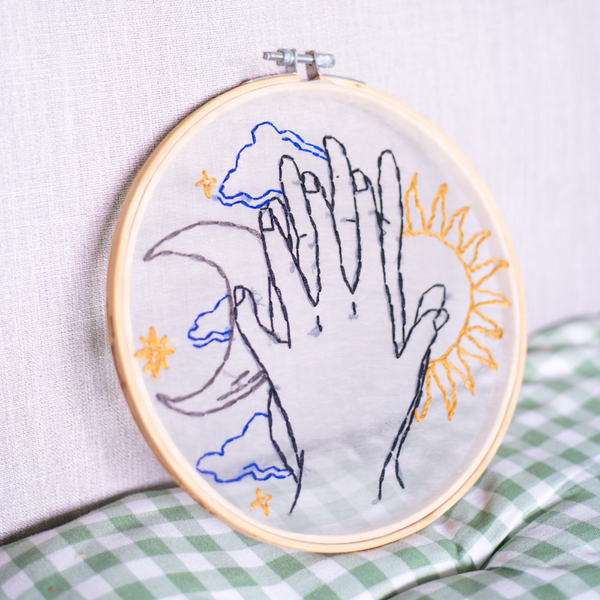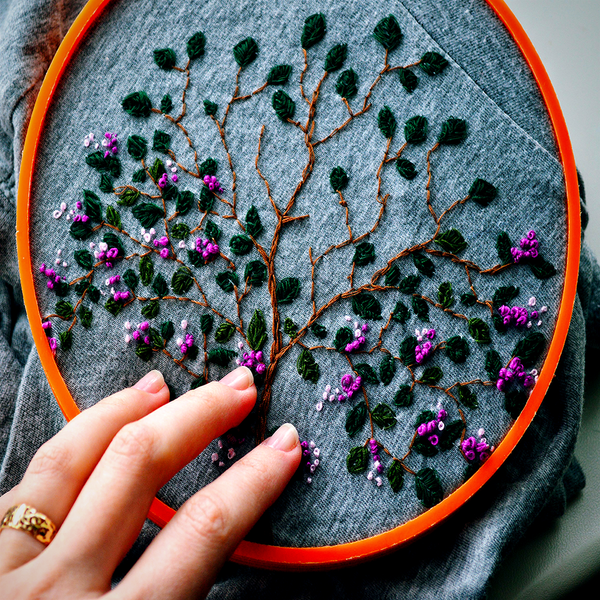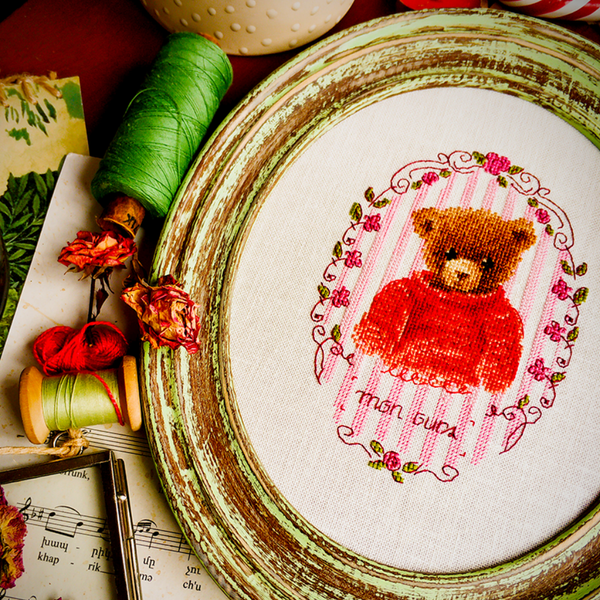Have you ever stood in front of dozens of fabric swatches, feeling completely overwhelmed and unsure of where to start?
Ready to inject a splash of color into your artistic work?
You're not alone!
Whether you’re an experienced seamstress or just getting started in the craft, picking the perfect fabric colors for your projects can be intimidating.
Don't worry—in today's post, we're going to help you hone your fabric-color selection process like a pro and explore how finding the right hues is essential for achieving unique results that stand out from the crowd!
Choosing fabric colors can be a tricky task, but it doesn't have to be stressful.
With a few tips and tricks, you can become a color master and confidently select the perfect hues for your next project.
So, grab yourself a cup of tea and let's dive into this colorful world of hues together!
It's time to dive into the wonderful world of choosing fabric colors that will make your projects pop and leave you feeling like a color connoisseur!
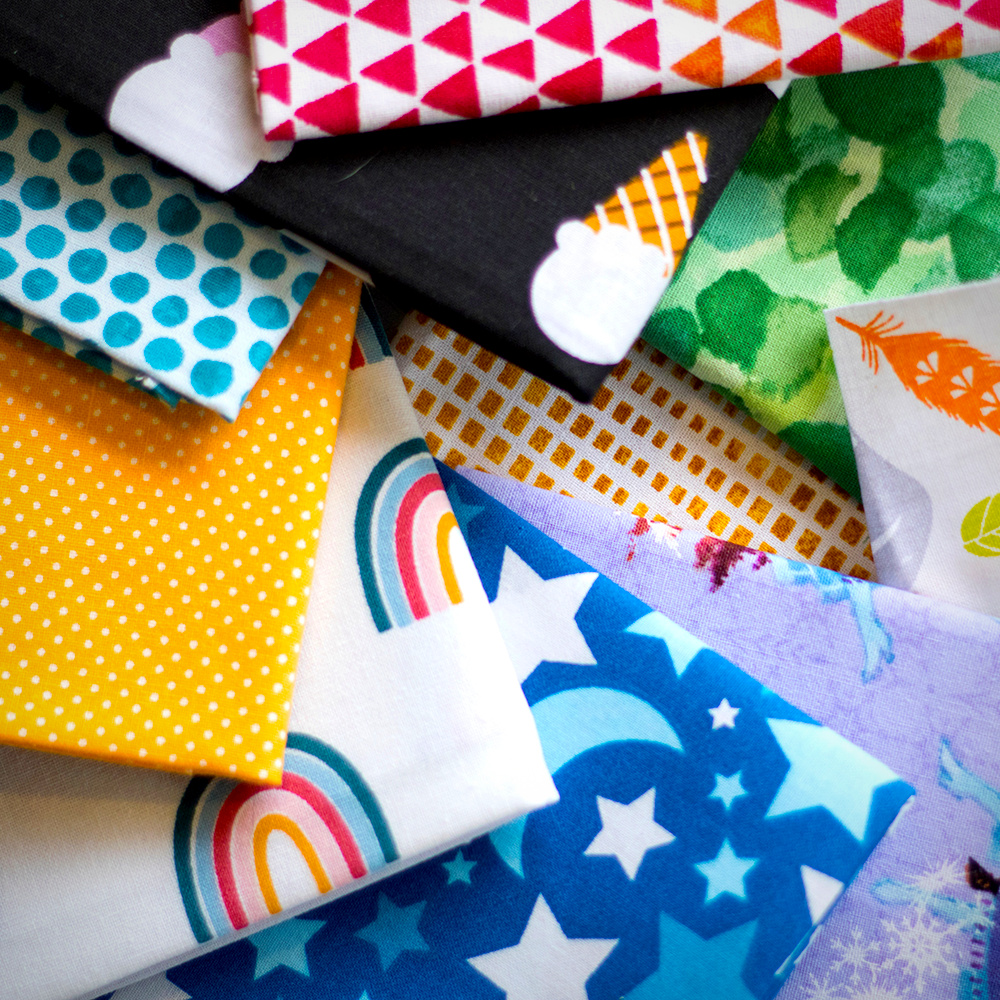
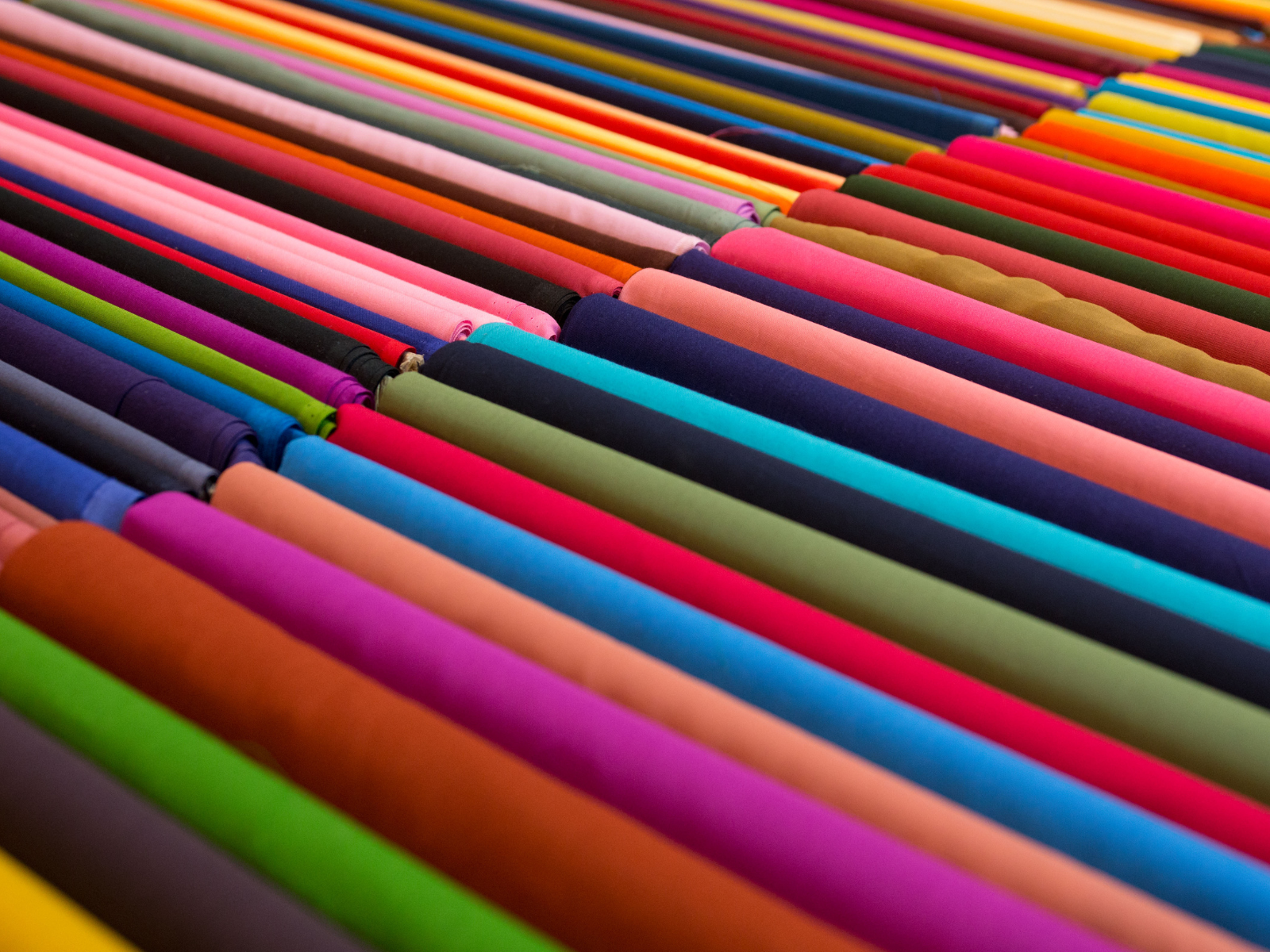
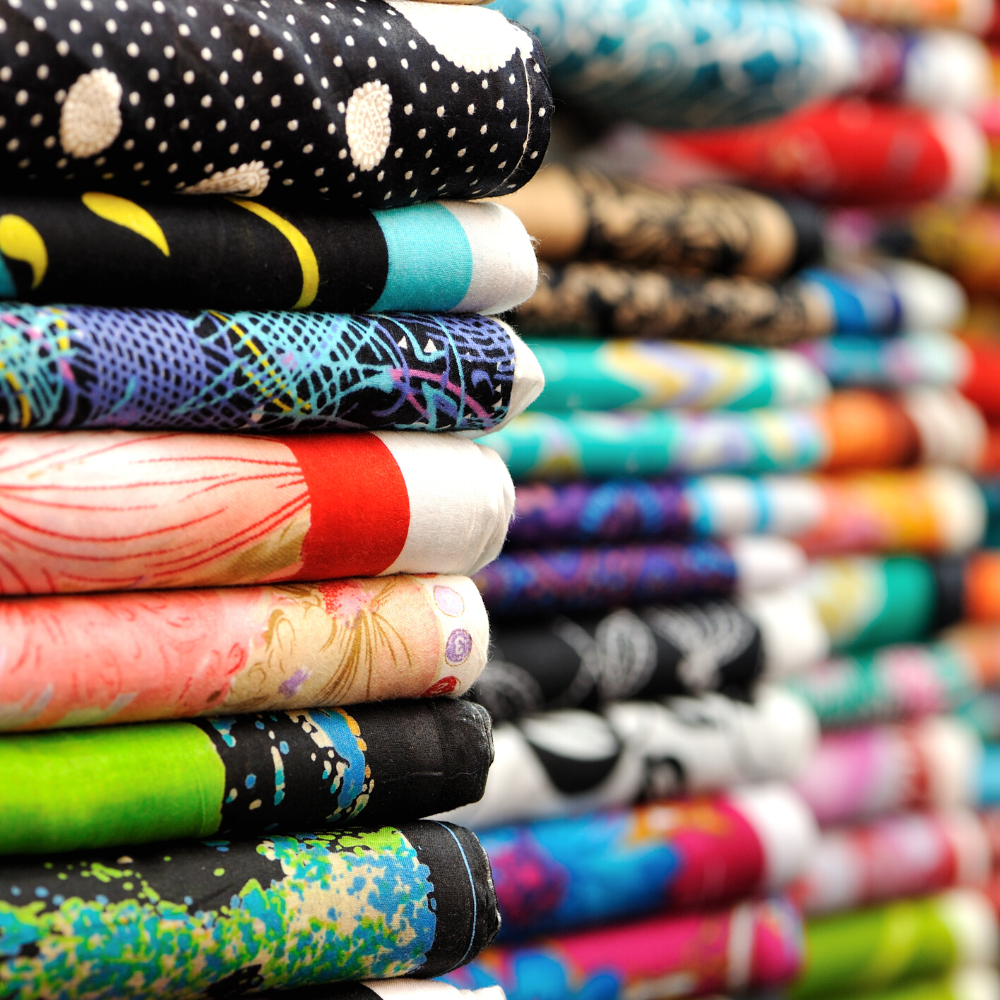
Journey Into the Art of Choosing Perfect Hues
First and foremost, it’s important to understand the power that fabric color can have in your projects.
The right hue can truly transform a project and make it unique, eye-catching, and visually appealing.
When selecting fabric colors for a project, there are a few things to keep in mind.
Consider the mood and atmosphere that you're trying to create with your project, as well as how the colors will look together.
If you're not sure where to start, take a moment to look around you and observe the colors in your surroundings.
You may be surprised at how much inspiration you can find right in your own home!
When it comes to choosing fabric colors, don’t be afraid to experiment.
Test out different color combinations and find what works best for you.
Try combining colors that are opposite one another on the color wheel, or picking out shades that are analogous (closely related) to one another.
The possibilities are endless!
At the end of the day, there is no right or wrong way to choose fabric colors.
It's all about finding what works best for you and your project.
With a few helpful tips and some experimentation, you can become a master of color selection and create beautiful projects with unique, eye-catching hues that will stand out from the crowd.
So, take a deep breath and get ready to explore the vibrant, colorful world of fun hues!
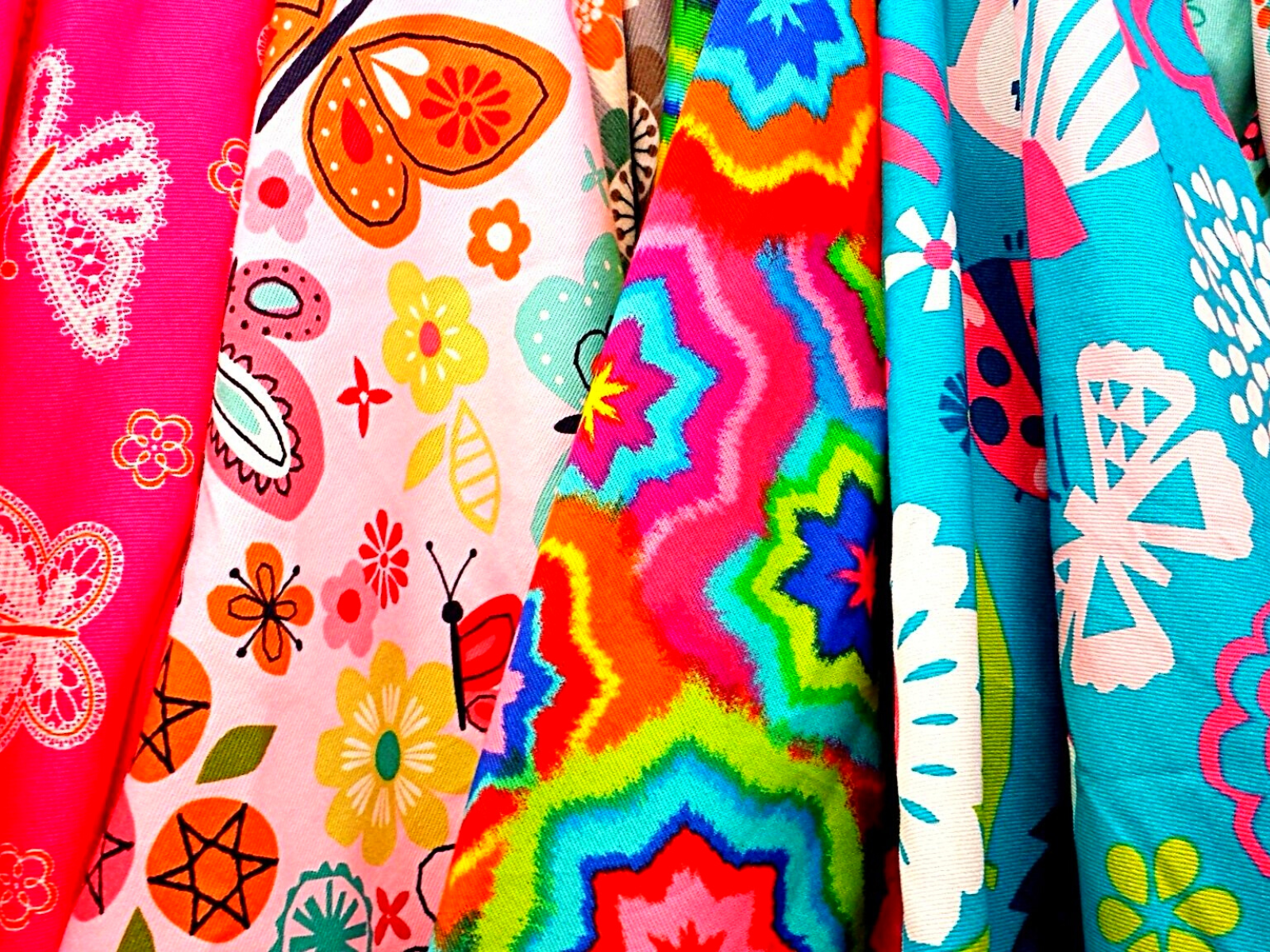
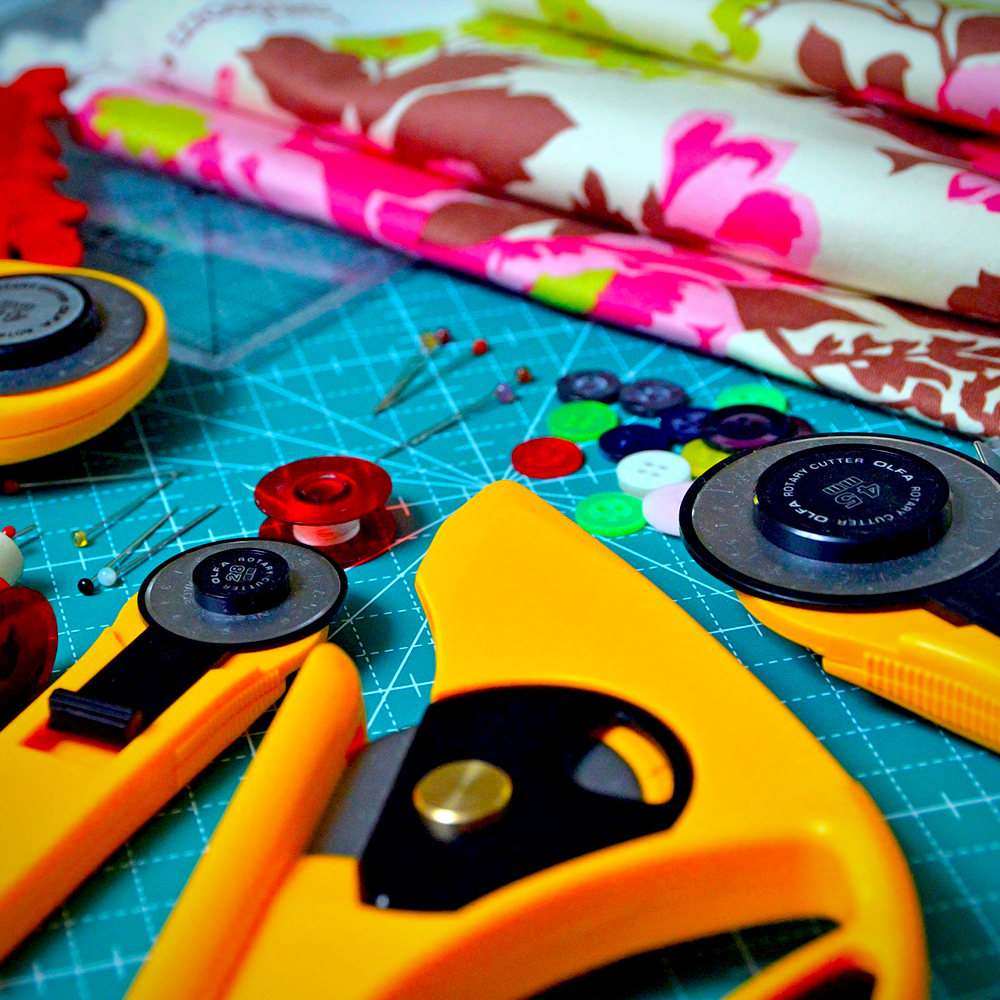
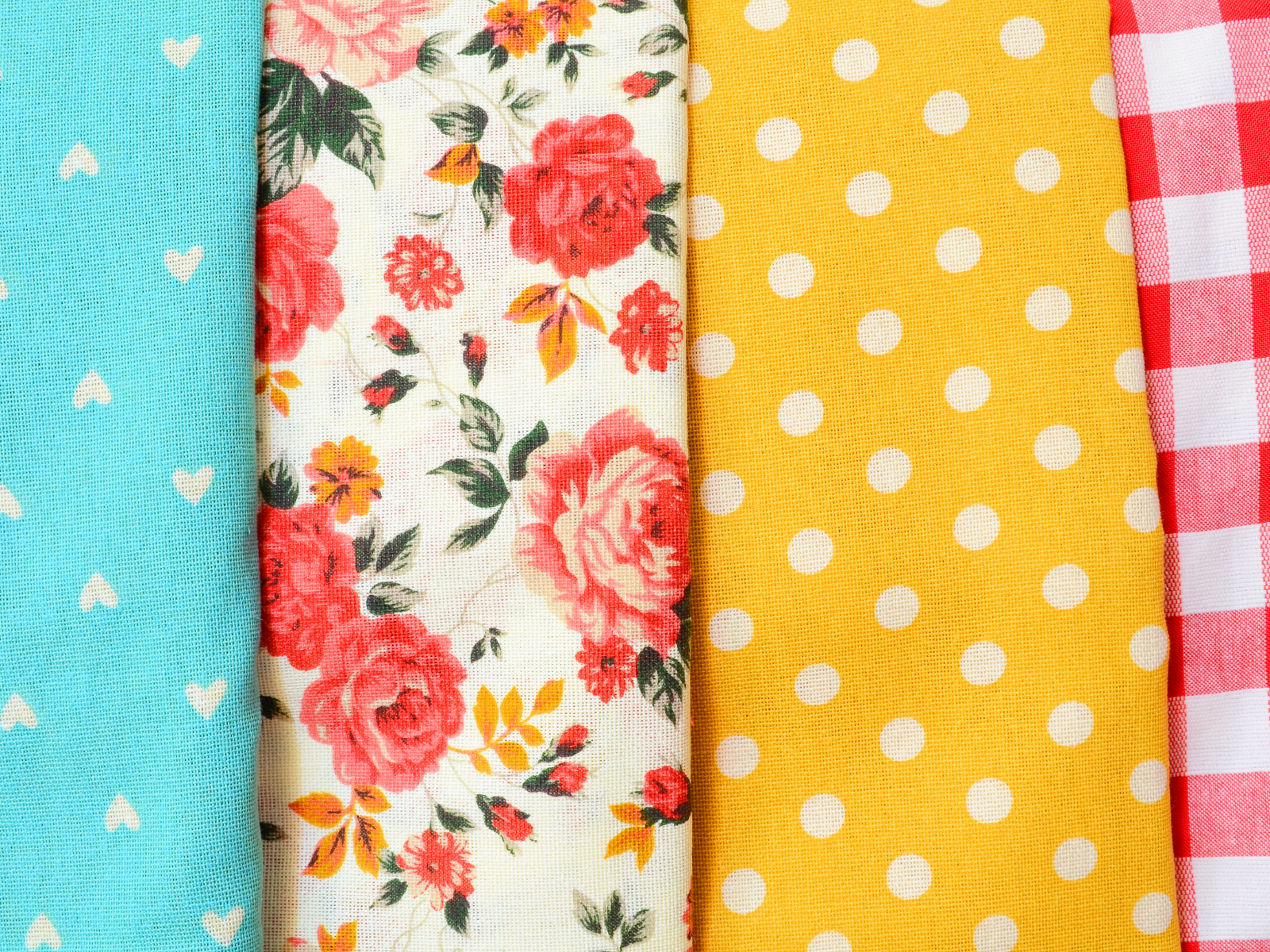
Know Your Color Wheel
Before diving into the world of fabric color selection, it's important to understand the basics of color theory.
Color theory is your secret weapon, and your guide to creating beautiful projects with the perfect hues.
At its core, color theory is all about understanding how colors interact with each other and creating pleasing combinations that look great together.
It's the backbone of any successful color combination and the key to unlocking your fabric color potential; trust us, it's as magical as it sounds.
The most important tool for understanding color theory is the color wheel.
It's your go-to guide for creating color palettes and selecting the ideal hues for your project.
The color wheel is a visual representation of how colors relate to each other, and can help you select harmonious combinations.
For example, complementary colors, which are opposite each other on the wheel, create a vibrant and exciting palette when paired together.
Analogous colors, which sit next to each other on the wheel, create a more subtle and calming effect.
Different shades of the same color are also a great way to add depth and variety to your project.
Yellow green, for instance, can be used in combination with light green and olive green to create a beautiful, tonal palette, while yellow orange and red orange can be used together to create a vibrant, energetic atmosphere.
Getting to know the color wheel will go a long way in helping you create unique, eye-catching combinations!
By familiarizing yourself with the color wheel, you can confidently choose colors that will work well together.
You can also use the wheel to create a color palette for your project.
Start by selecting one or two main colors, then build out the palette by selecting shades that are related to the base colors.
This will help ensure a harmonious look and feel for your project.
Taking the time to understand how colors relate to each other on the wheel will help you can create palettes that will bring any project to life and make your work stand out from the crowd.
No matter which colors you choose, the color wheel is an invaluable tool that will help you create appealing and balanced combinations that work in tandem.
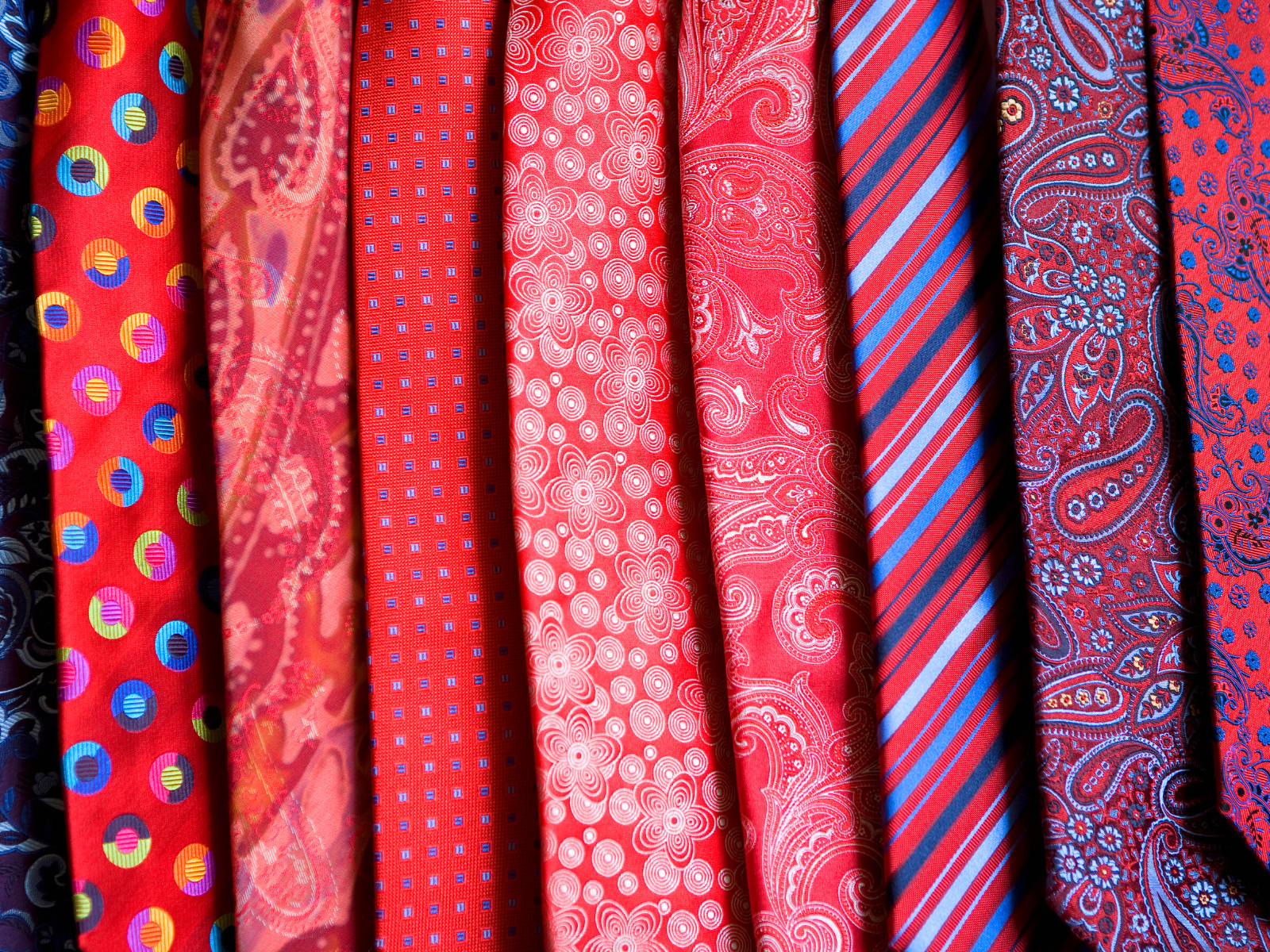
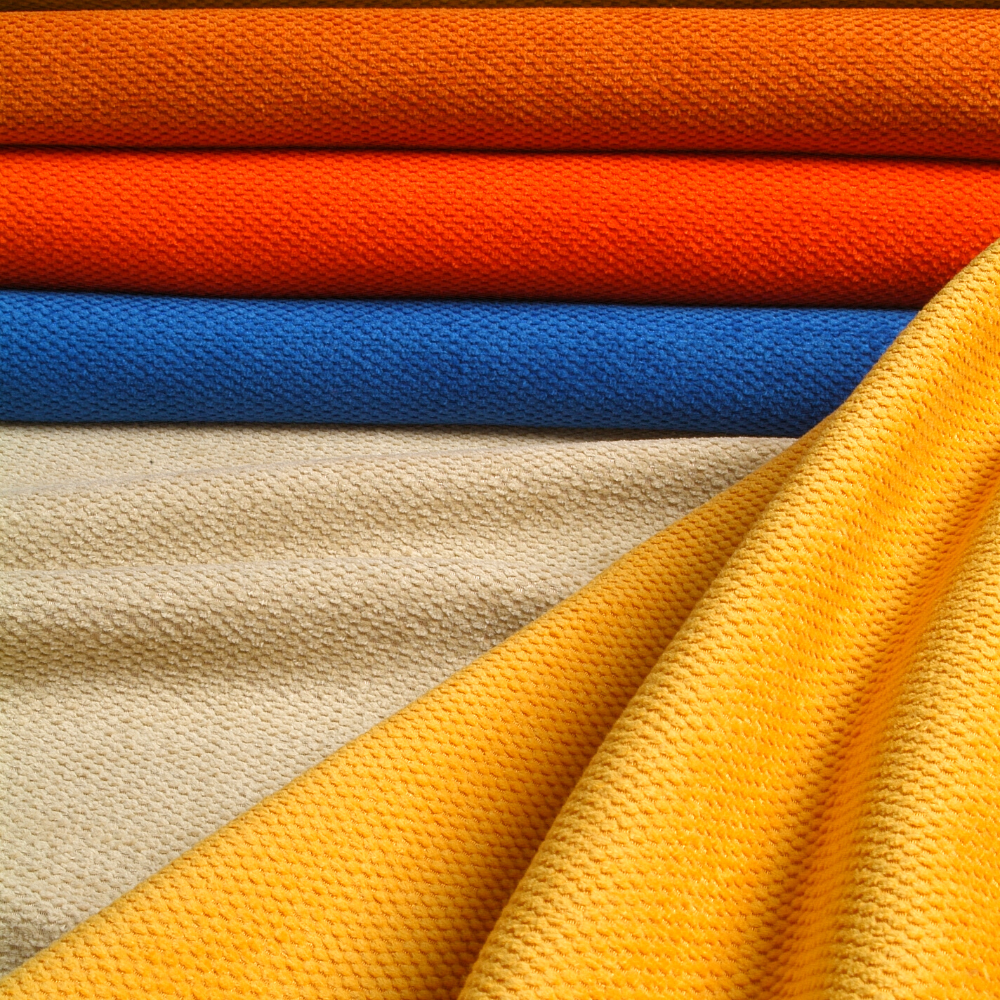

Consider the Mood
Did you know that colors have the power to influence how we feel?
That's right – they can evoke happiness, sadness, excitement, or even hunger (looking at you, red).
The colors you choose can have a big impact on the overall mood and vibe of your project.
Each color holds emotional impact and can change the way we feel, so when selecting fabric colors for your project, it's important to consider the mood you're trying to create.
Do you want to create an atmosphere of warmth and comfort?
Consider selecting hues from the warm end of the color wheel, such as oranges, reds, and pinks.
Want to evoke feelings of peace and relaxation?
Head towards the end of the wheel with cool colors, opting for blues, greens, and purples.
These colors have a calming effect on the eye and will create a sense of serenity.
Bright and bold colors can create a fun and energetic atmosphere, while pastel hues can evoke a feeling of tranquility.
Neutral tones, like beige or grey, can be calming and sophisticated.
Think about the overall atmosphere you're trying to create with your project and use colors that will help you achieve that.
Additionally, keep in mind that colors can evoke strong emotions.
Certain shades may have a calming effect while others might be more energizing.
Patterned fabric can also be used to create texture and interest, while monochrome colors provide a more subtle approach.
Consider the purpose of your project and what mood you want to evoke, and choose colors accordingly.
The mood of a project is just as important as the colors you use, so take some time to think about what emotions you want your project to provoke and how you can use colors to create that feeling.
This will help you find the perfect hues for your project!
Coordinating fabrics will help you achieve the desired look and feel of your project, so take the time to find colors that work together.
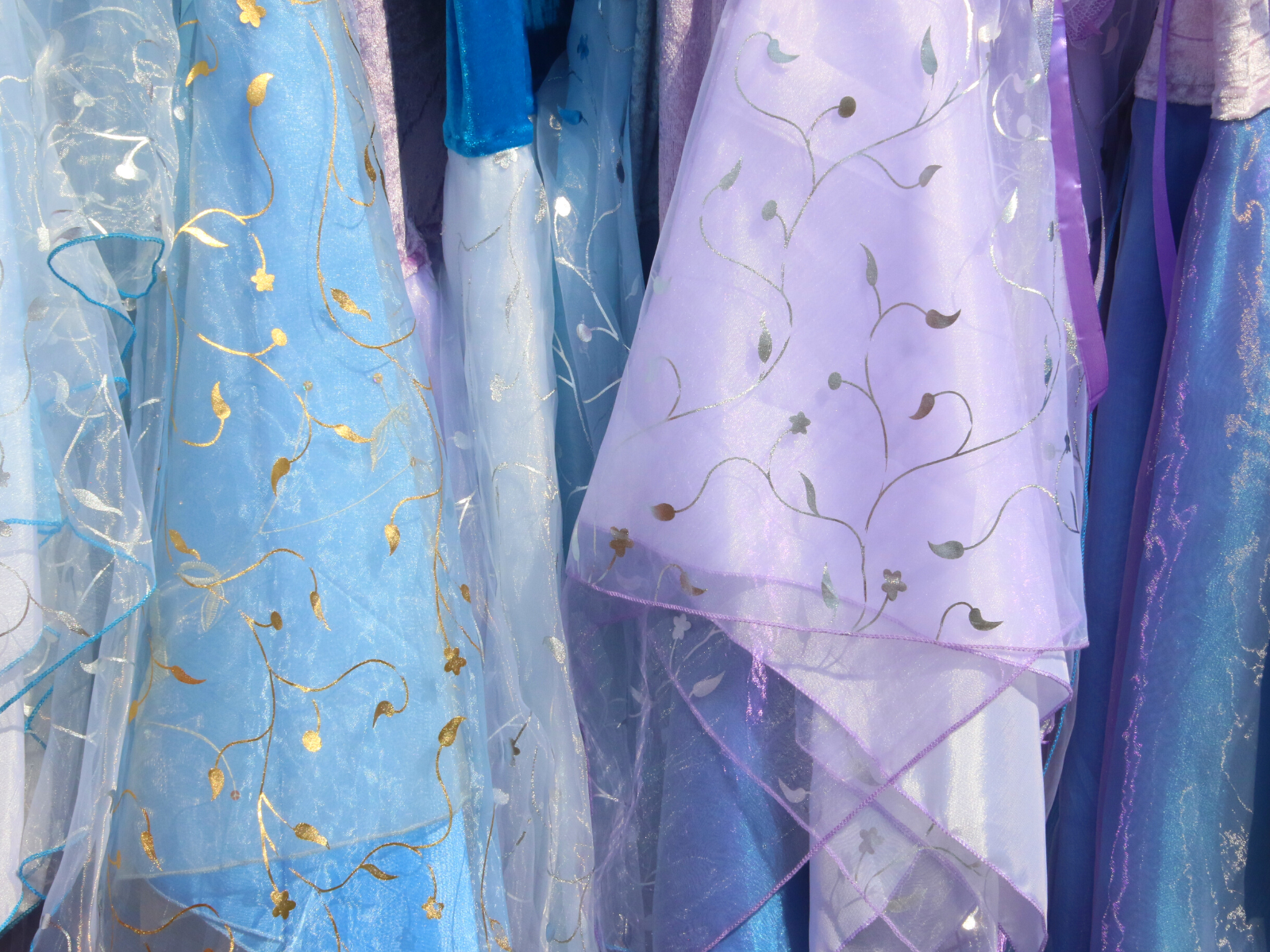
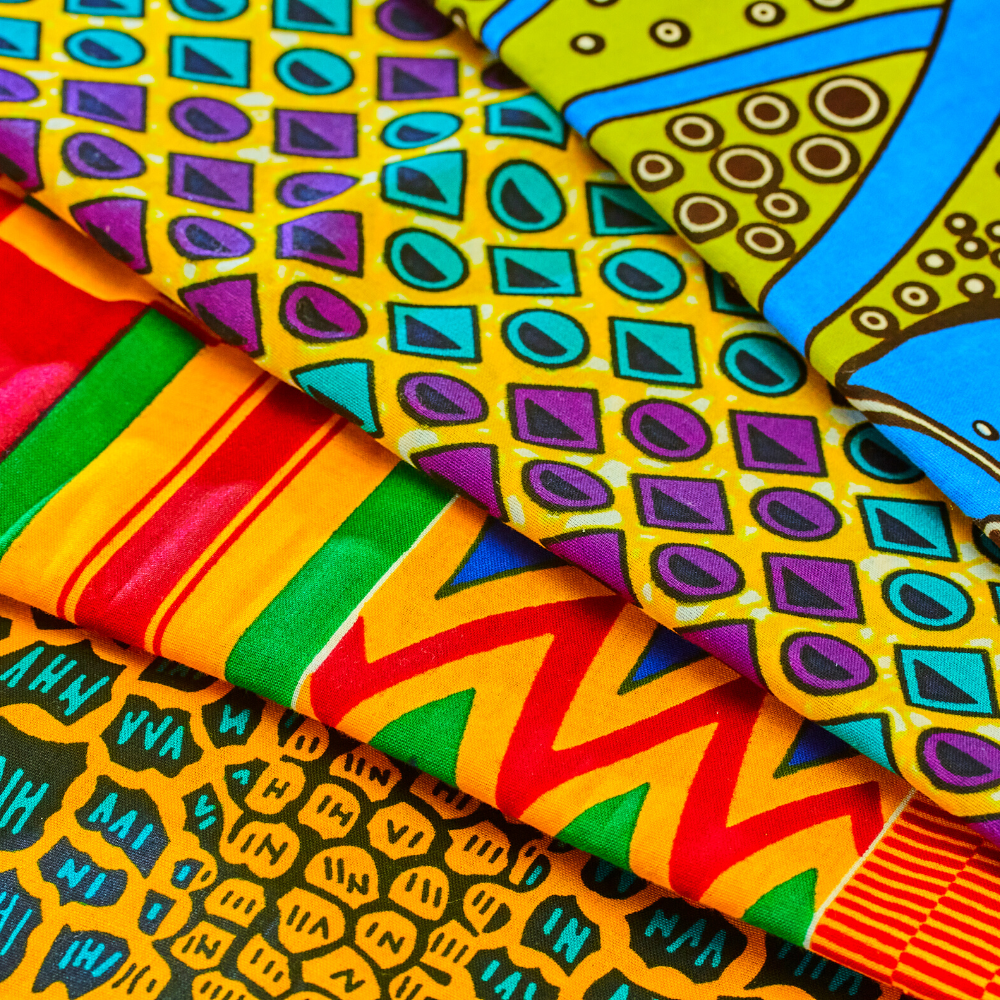
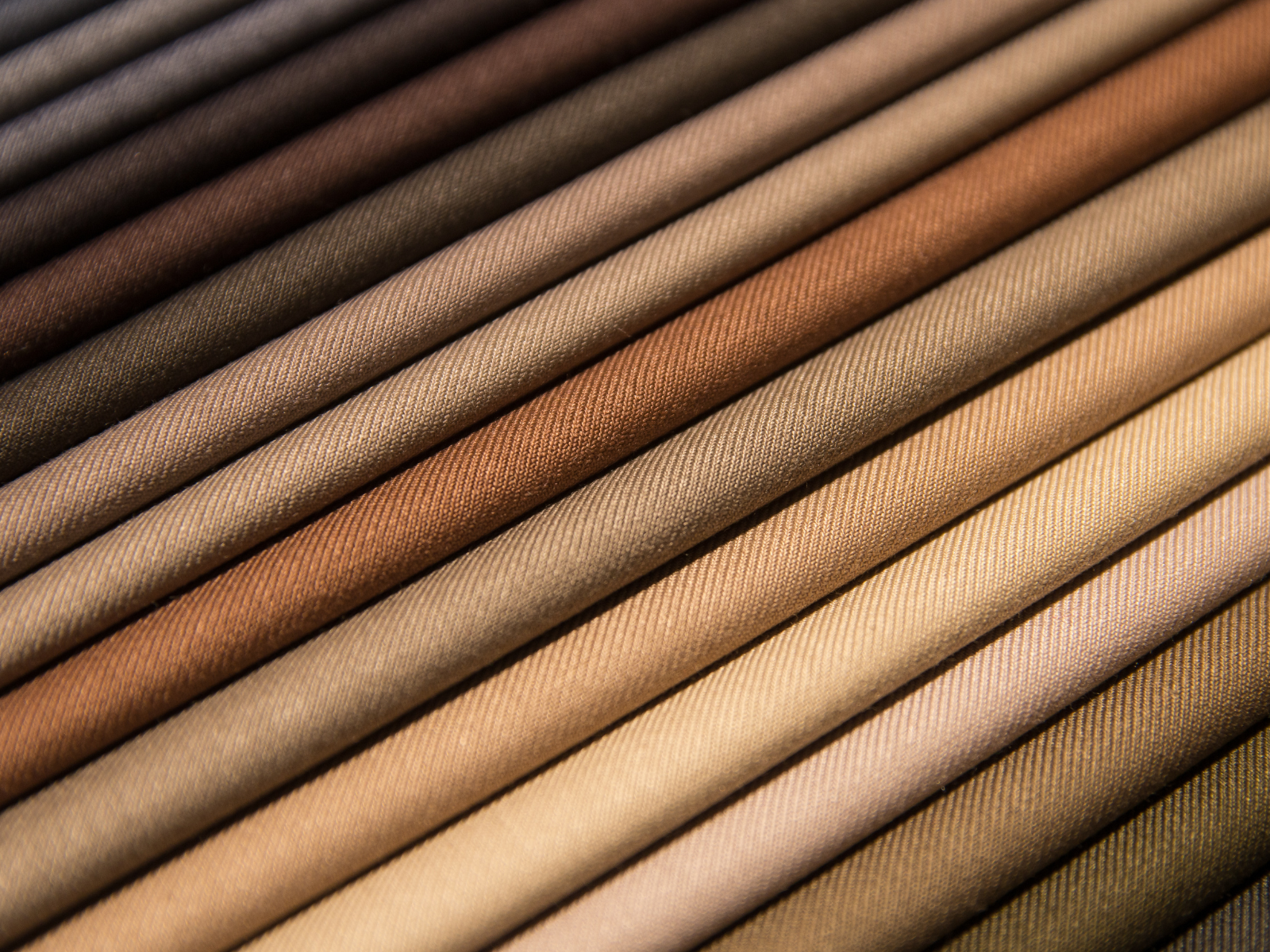
Context is Key: The Right Color for the Right Situation
Not all colors are created equal, and sometimes one hue just won't do.
The key to achieving success with your project is picking the right colors for the right situation.
When selecting fabric colors, think about where and how the project will be used.
For example, if you're making a quilt for a child's bedroom, you'll want to use softer, muted shades that will create a cozy atmosphere.
On the other hand, if you're creating an upholstered chair for your living room, you'll want to opt for brighter colors that will create a vibrant and inviting environment.
Are you using quilting fabric with a quilt pattern?
Quilt colors should be chosen to complement the design of the quilt.
Look for colors that will create contrast and accentuate the details in the pattern, ensuring that the elements of the design stand out.
The same goes for other fabric projects – select colors that will enhance the overall look and feel of the project.
Pay attention to the context of your project and select colors that will look great in the space or setting; start with a focus fabric and use other colors to coordinate it.
Also consider the types of all the fabrics; quilt fabrics tend to be brighter and more playful, while upholstery fabrics should be more subdued and sophisticated.
It's also important to consider the materials that you're working with.
For example, if you're using a light-colored fabric, such as linen or muslin, then opt for brighter and bolder colors that will really stand out against the lighter base.
On the flip side, if you're working with a darker fabric, such as velvet or suede, then you may want to opt for subtler colors to create a more subtle effect.
This will help ensure that your project looks and functions its best!
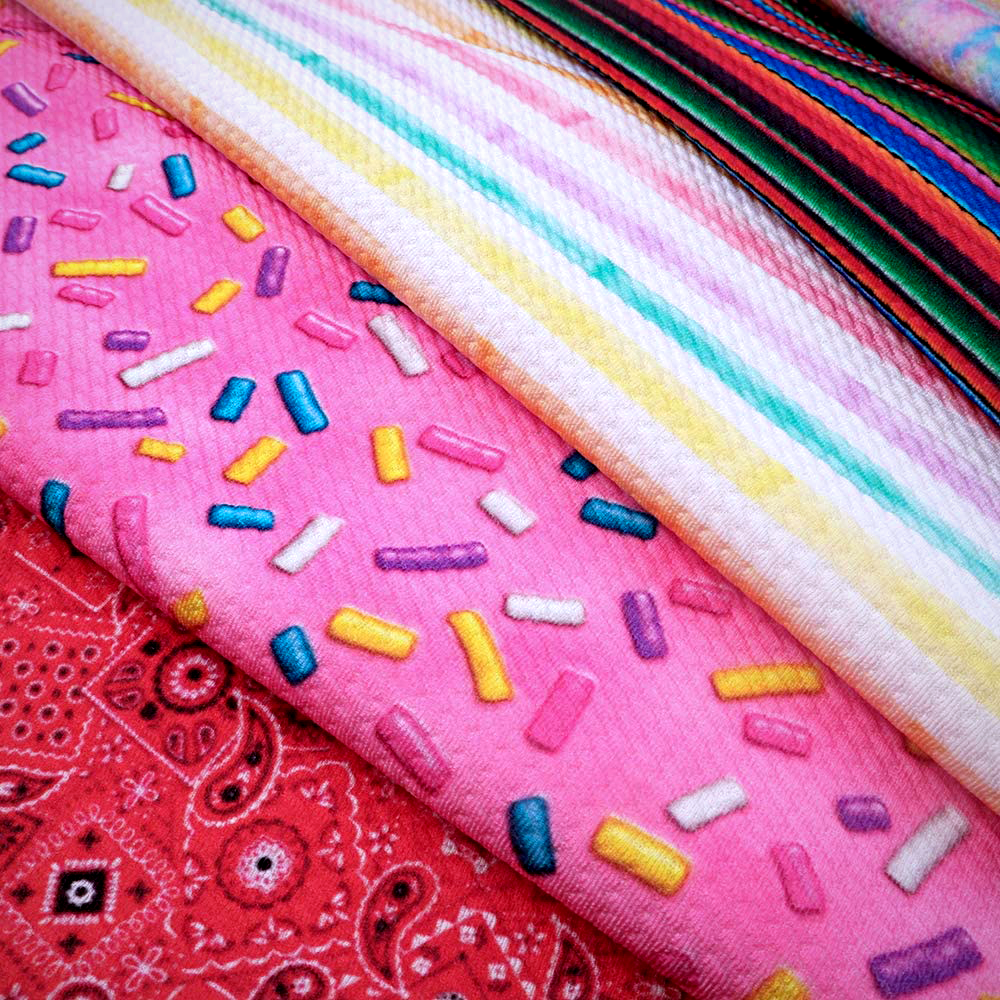

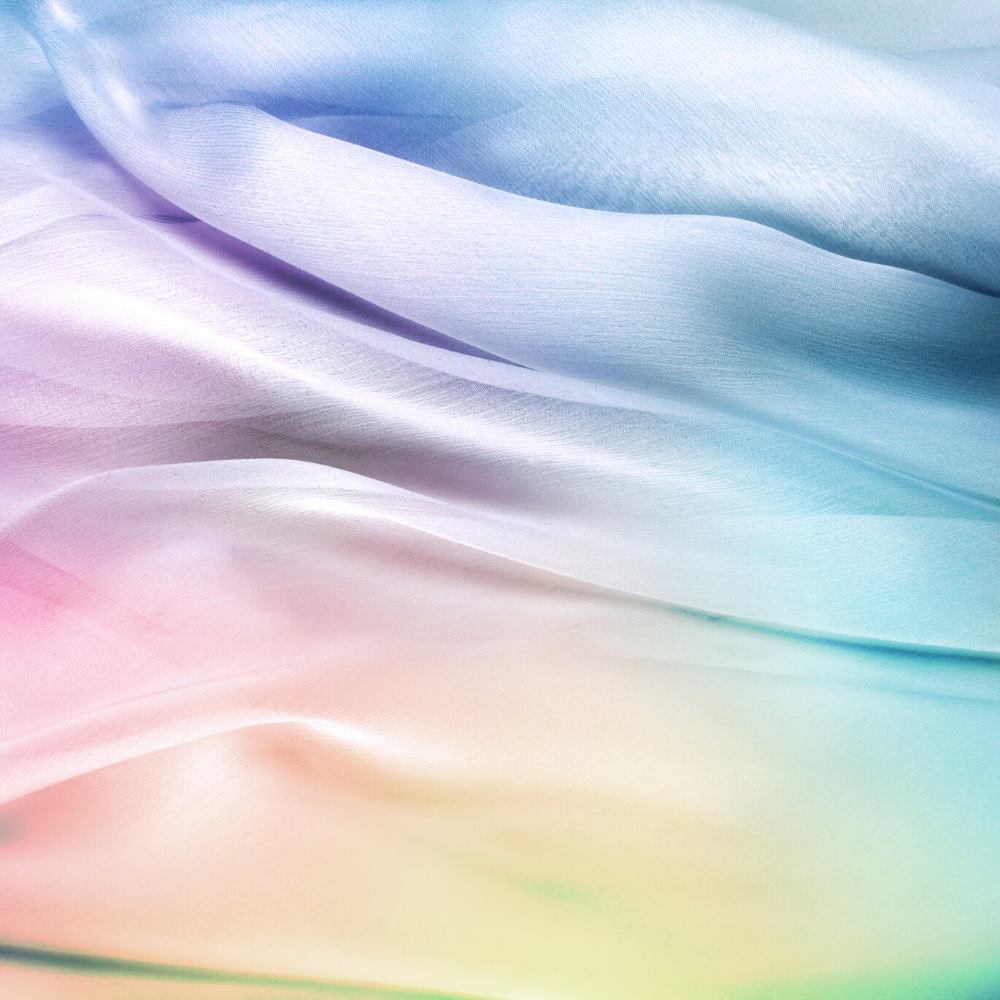
Look at the Big Picture
When choosing fabrics and considering color, it's important to consider the entire project as a whole.
Think about how the fabric will interact with other elements, like trim or buttons.
Consider the colors of any patterns or prints you may be incorporating.
If you're making a garment, consider who will be wearing it and what colors will best complement their skin tone.
By taking a holistic approach to color selection, you can ensure that the finished project will be cohesive and visually pleasing.
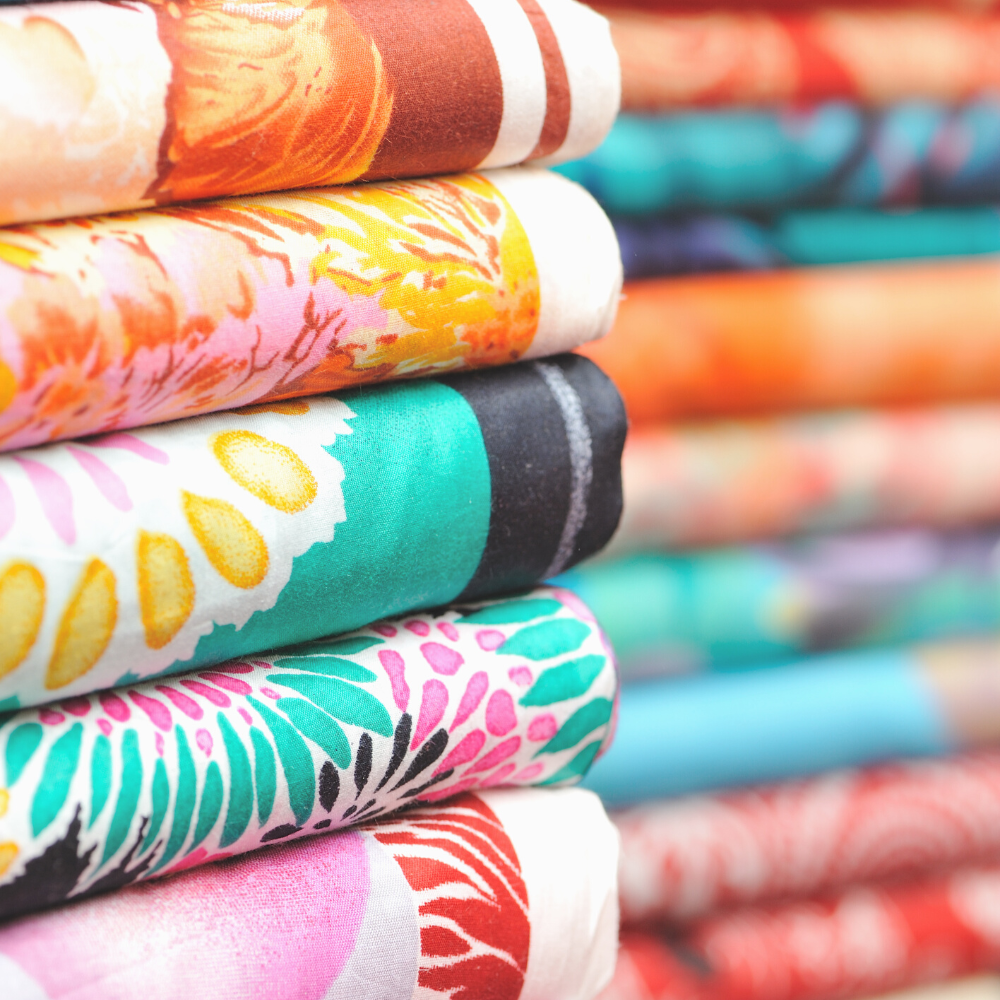
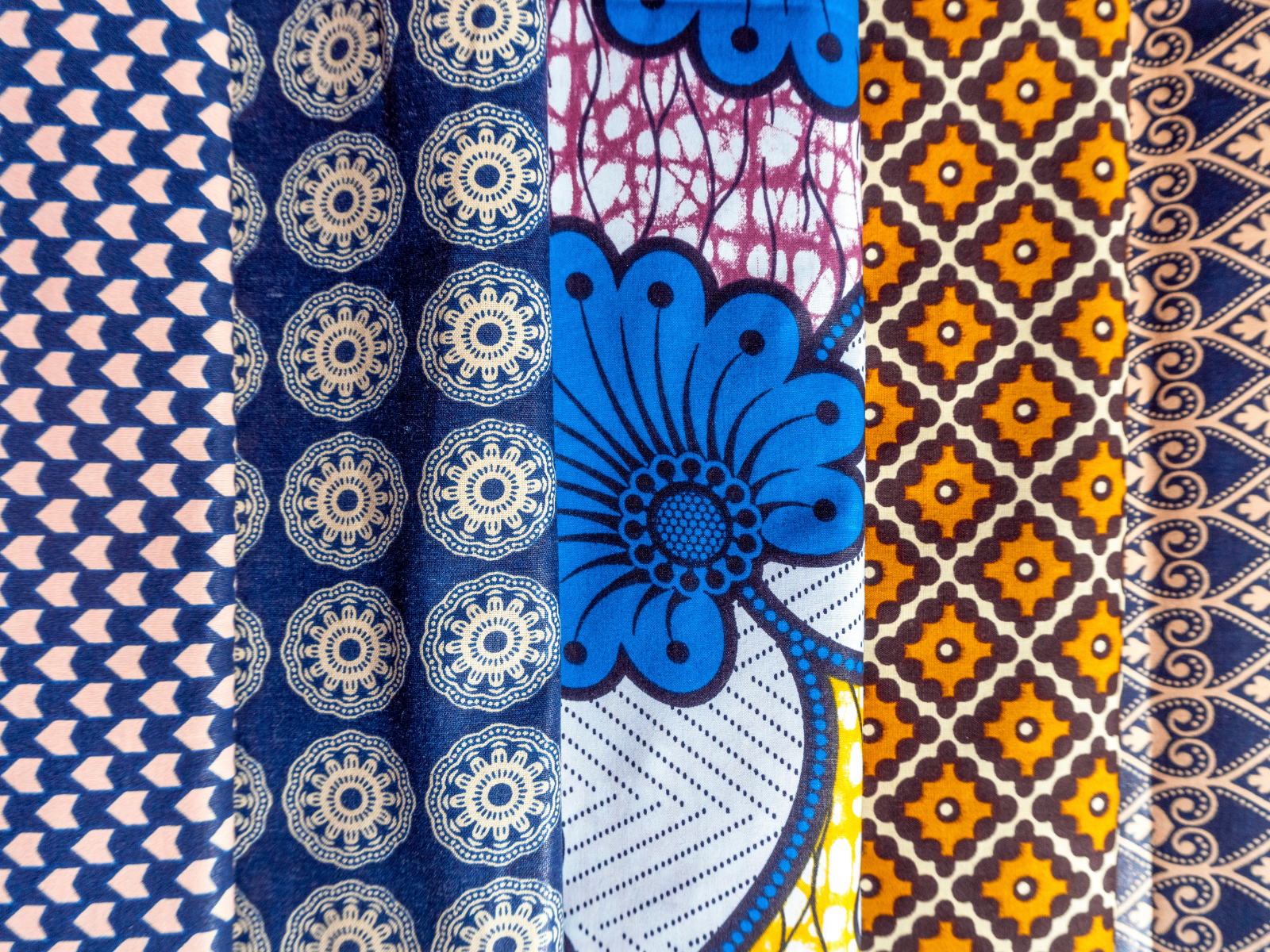
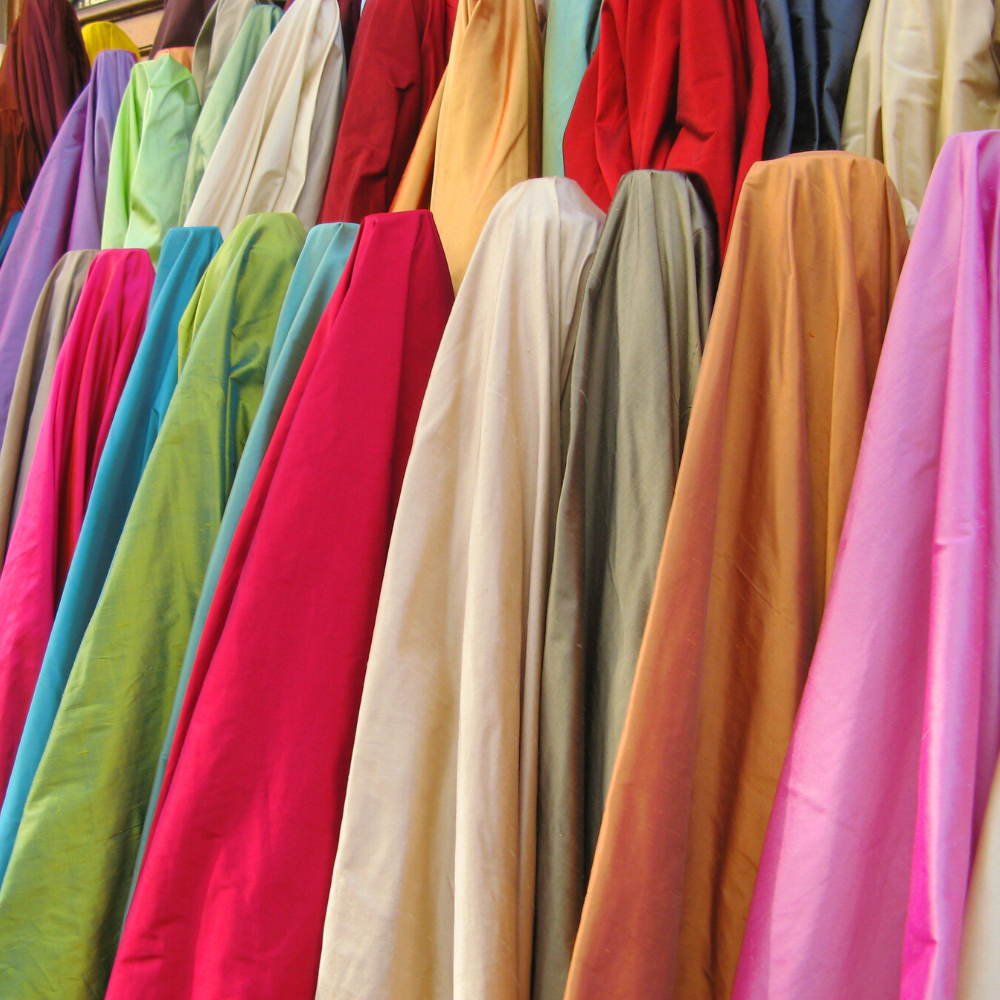
Power of Personal Preference: Trust Your Gut
Sometimes, the best color choices come from following your instincts and embracing your unique sense of style.
At the end of the day, color selection is a personal journey.
Go with your gut and select colors that speak to you and reflect your individual style.
The most important thing is that you feel confident and inspired when working with the colors for your project.
Additionally, don't be afraid to break the rules and try something new.
On occasion, pushing boundaries can yield surprising results that you might not have expected.
Ultimately, color selection is a creative and personal process, and remember, you're the artist here – let your imagination run wild!
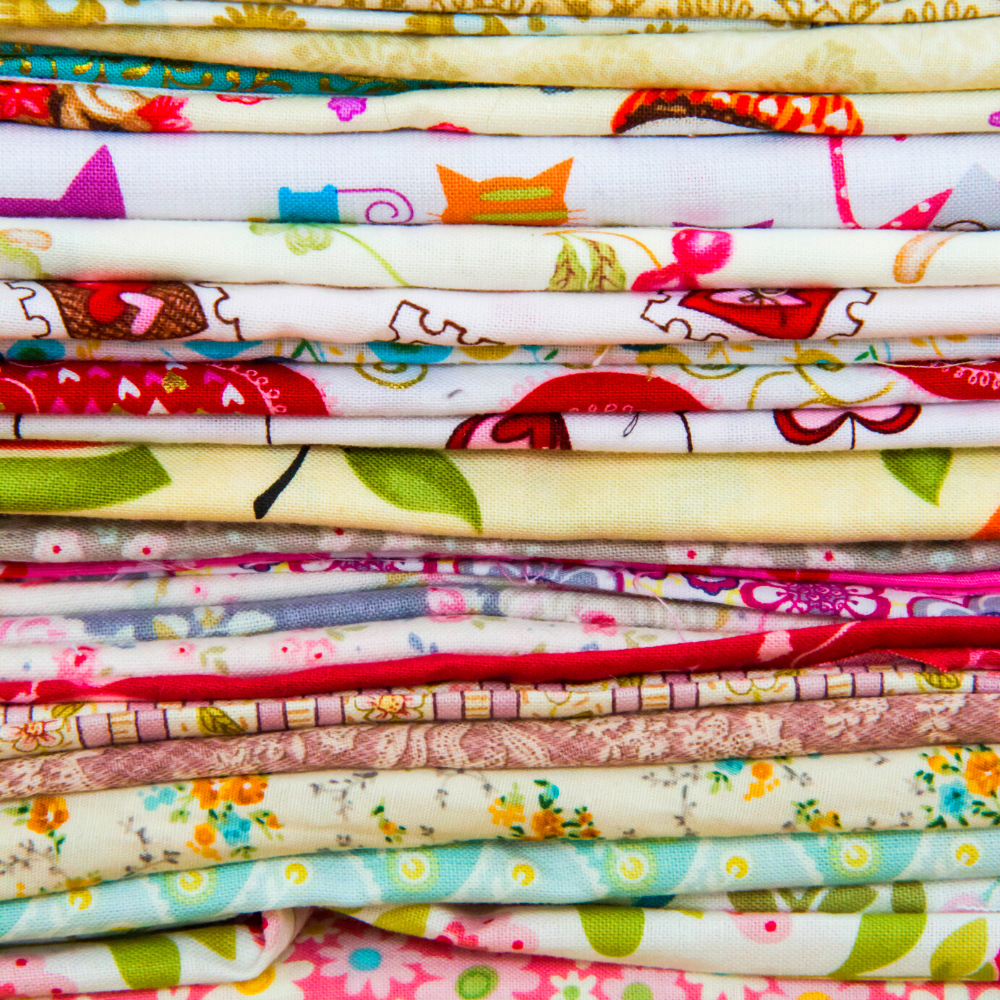

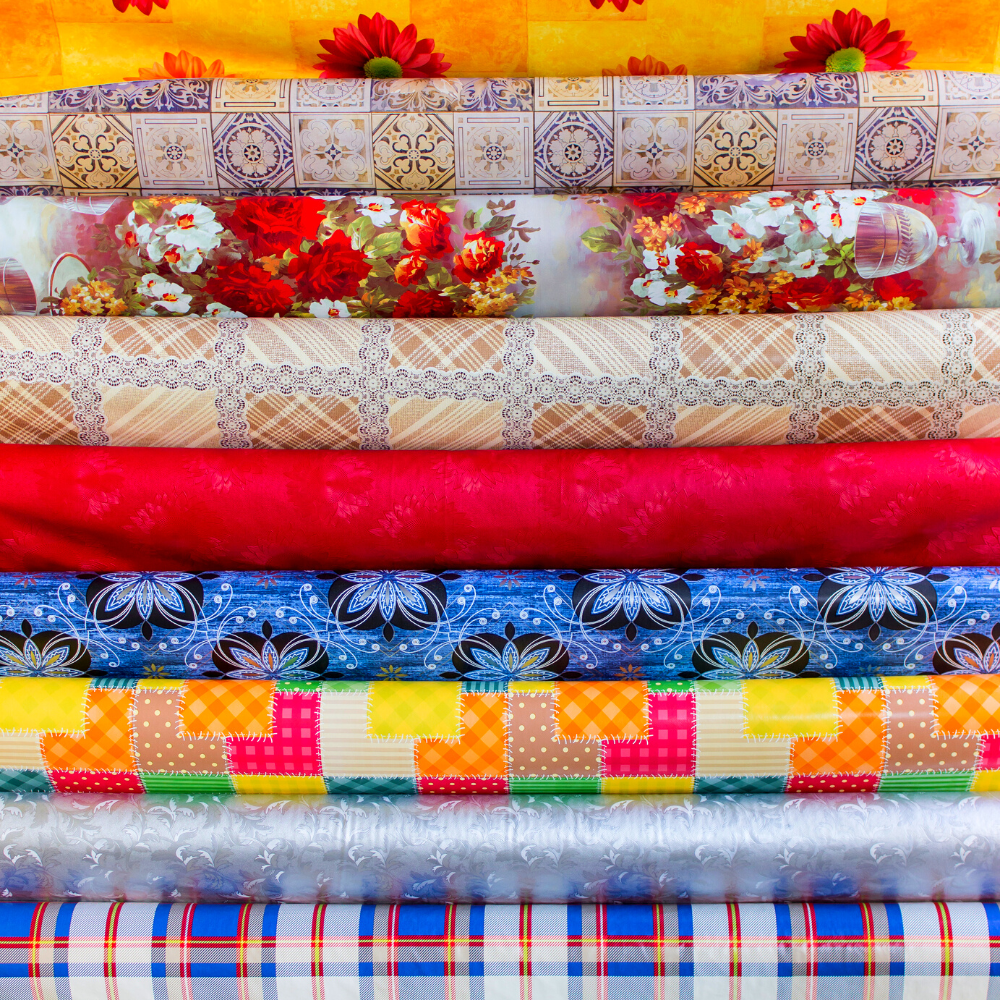
Get Inspired
Sometimes the best way to choose colors is to let inspiration guide you.
Take a walk outside and observe the colors in nature.
Look around your home and see what colors you're drawn to.
Browse through fashion magazines, art, websites, and fabric swatches at the fabric store or quilt shop to get an idea of how colors work together and for ideas.
You can even take a look at paint swatches from your local hardware store.
The possibilities are endless!
By immersing yourself in the world of colors, you can create unique palettes for your projects.
Sometimes all it takes is a bit of inspiration to kick-start the creative process and help you choose the perfect hues for your project.
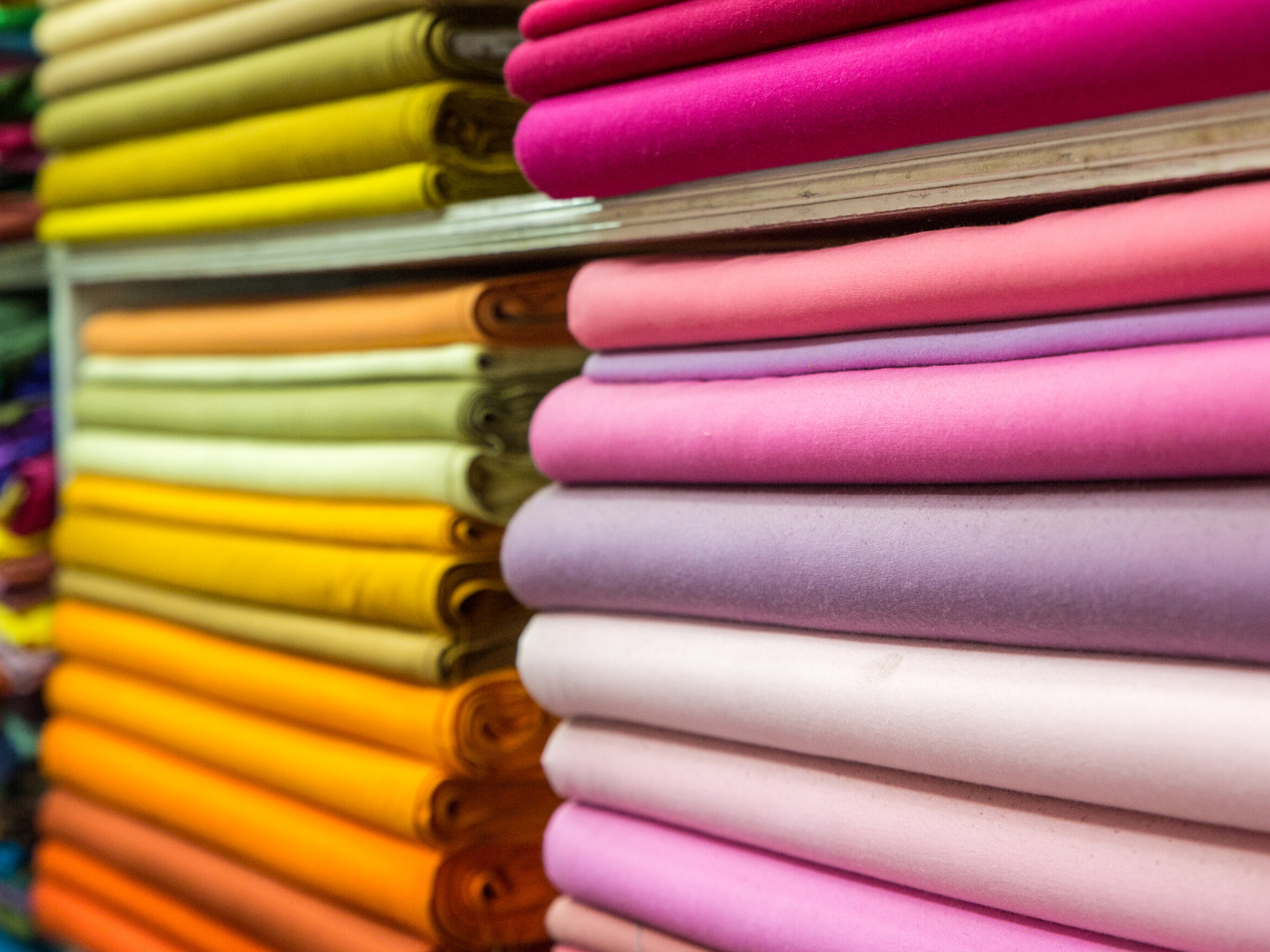


Be Open to Experimentation and Practice
When it comes to selecting fabric colors, don't be afraid to experiment.
Try out different combinations and see what works best for you.
You may be surprised at the unique results!
Don't be afraid to experiment with new and unexpected color combinations.
The beauty of art is that it's subjective, so there are no "wrong" choices.
Follow your instincts and choose colors that spark joy and excitement.
And remember that like any skill, choosing fabric colors takes practice.
Don't get discouraged if your initial attempts don't turn out exactly as planned.
Keep experimenting and trying new things, and you'll slowly build your confidence and expertise.
Also, choosing colors should be fun and enjoyable, so don't take it too seriously!

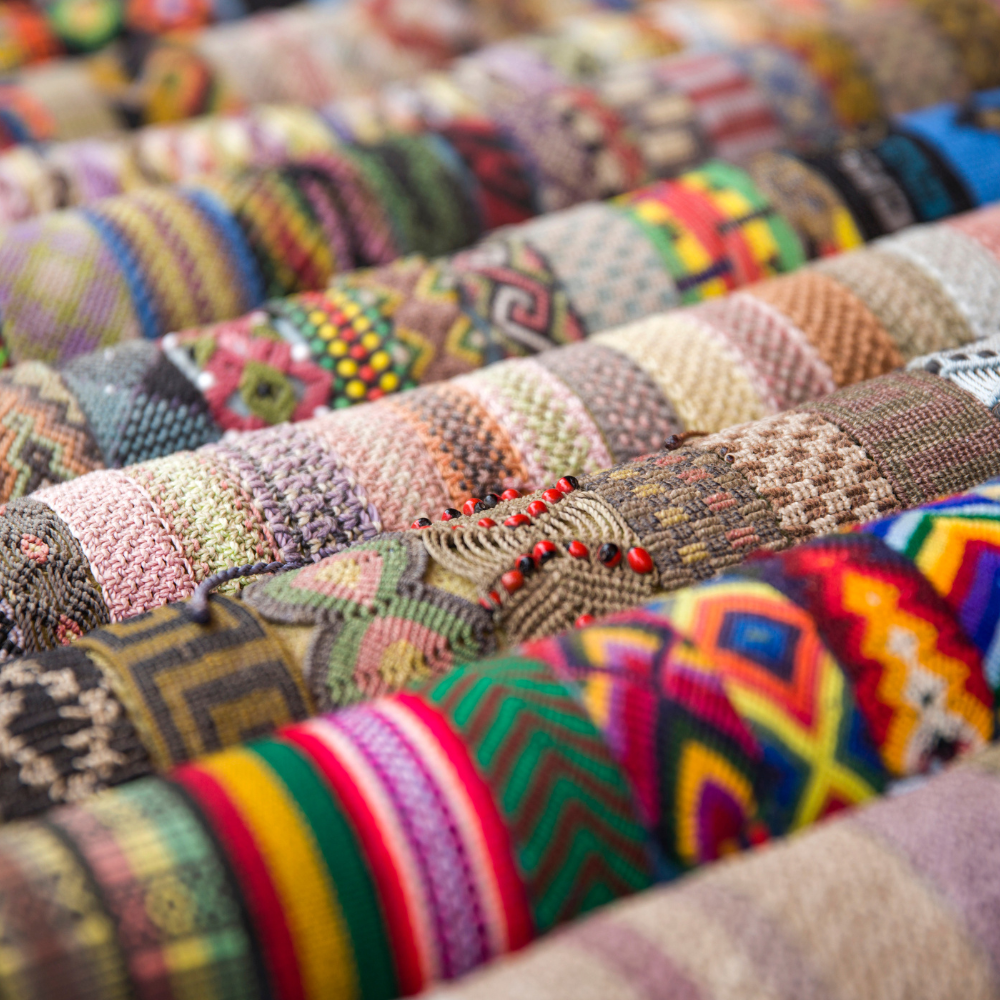

Unleashing Your Inner Color Guru
Choosing fabric colors can seem daunting, but with a little know-how, some experimentation, and a lot of creativity, it can be a thrilling and rewarding experience, allowing you to become a master color selector.
Start by getting to know the color wheel and understanding how colors interact with each other.
Consider the mood you want to evoke with your project and select colors accordingly.
Think about the context of your project, and look at the big picture to ensure that everything works together harmoniously.
Most importantly, trust your gut and pick colors that you feel passionate about.
And don't forget to have fun with it and let your creativity shine through!
No matter if you're interested in working on a quilt project, upholstering a chair, or creating a garment, the right color choices can make all the difference in elevating your project and making it truly unique.
Now that we've armed you with the knowledge to conquer the fabric color conundrum, it's time for you to put these tips to the test and create something truly spectacular.
Together, we'll create a vibrant community of color enthusiasts who are ready to take on the world, one hue at a time.
So, what are you waiting for?
Grab your supplies, brew yourself a cup of tea, and let's get to work on unleashing your inner color guru by perfectly choosing fabric!
Happy creating!
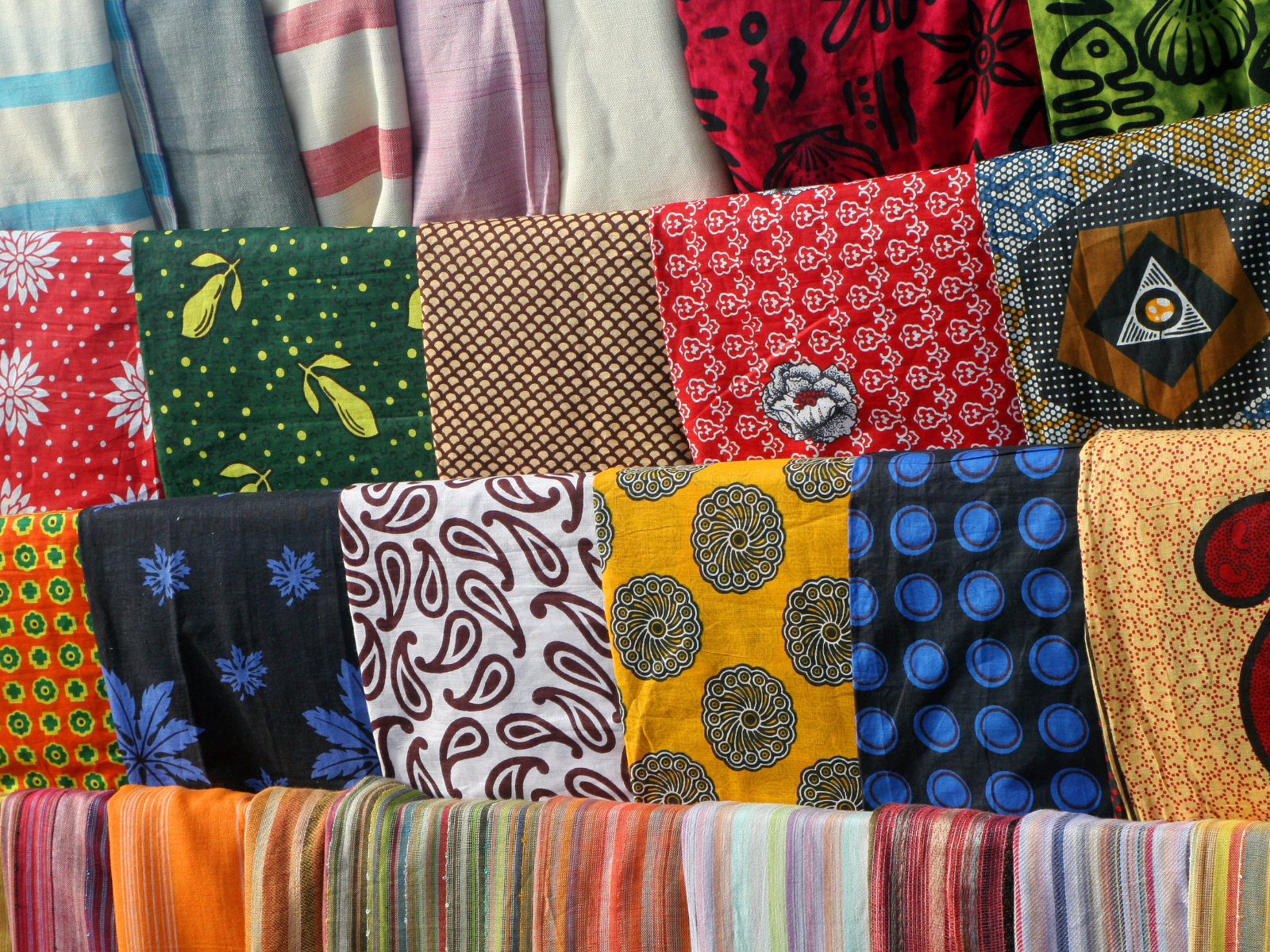
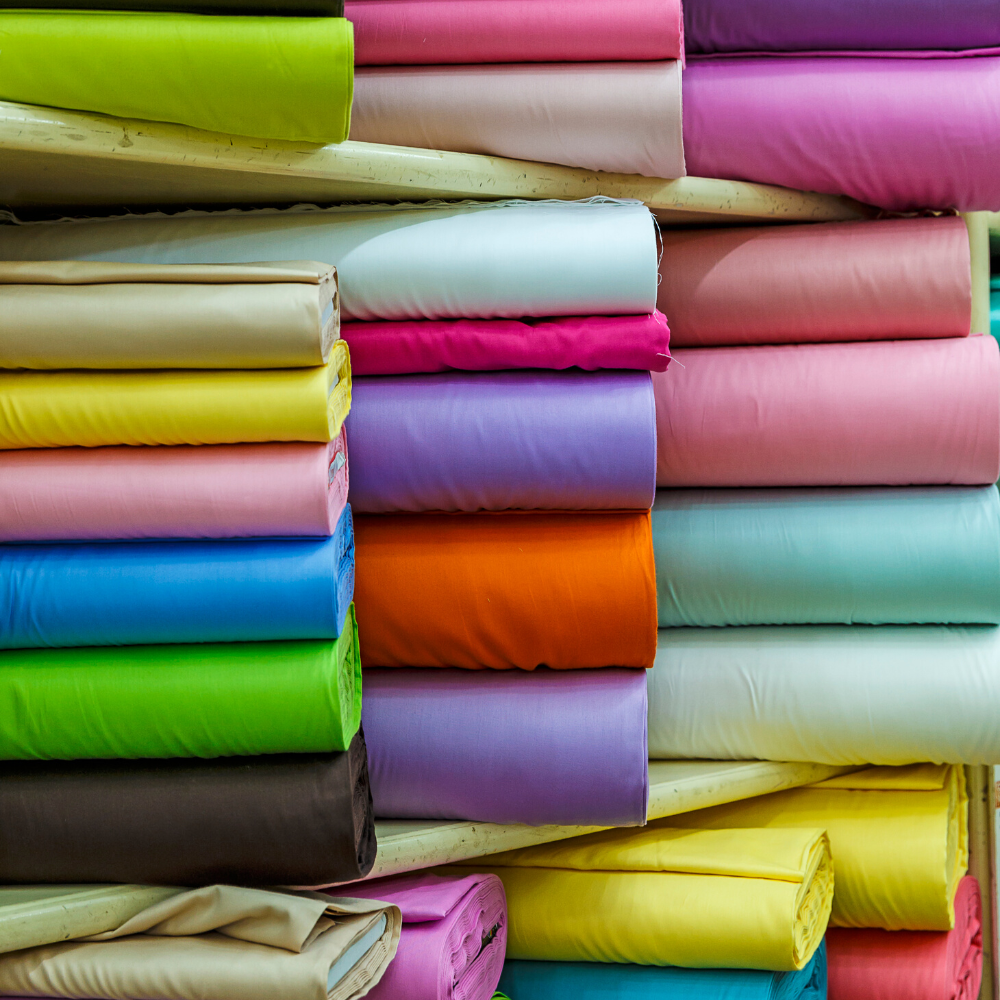
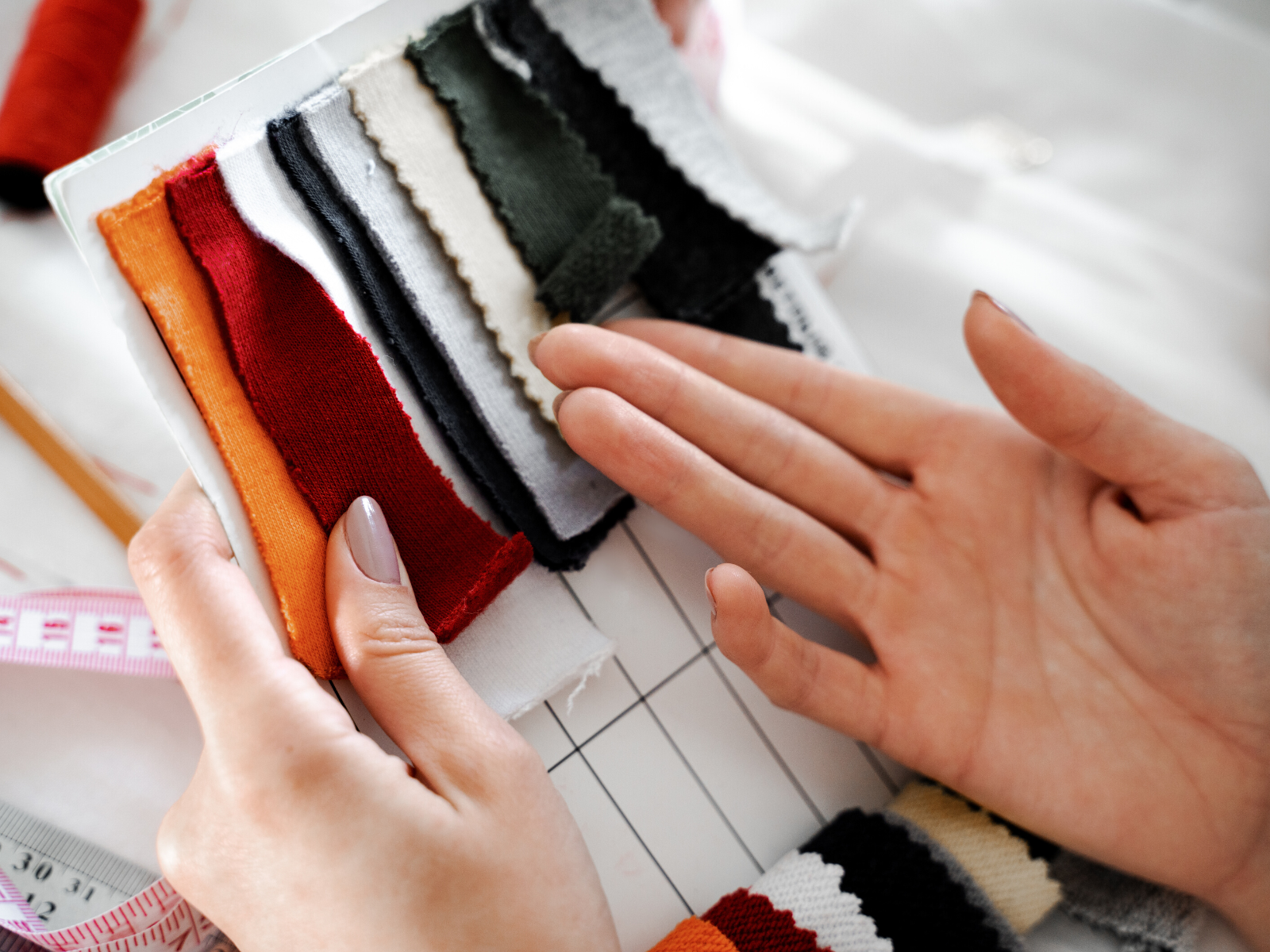
Looking to learn more about how color impacts your projects and wardrobe? Check out Tim Dessaint's video!
Want even more content about creativity and art?
Be sure to check out all of our creative chronicles!
Interested in crafting with fabrics?
Check out some of our other textile articles:

